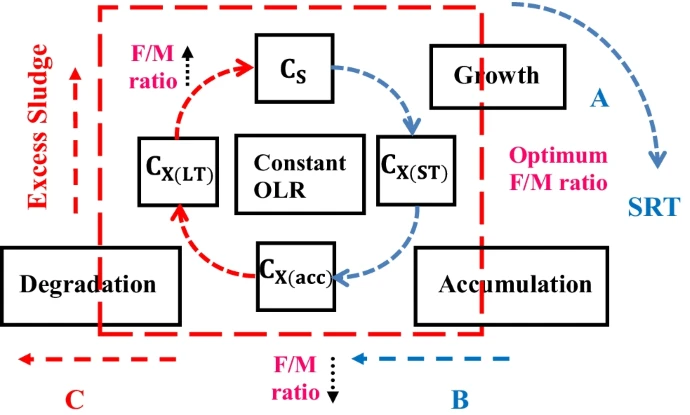

Modified fractional-order model for biomass degradation in an up-flow anaerobic sludge blanket reactor at Zenein Wastewater Treatment Plant
This paper presents a modified fractional-order model (FOM) for microorganism stimulation in an up-flow anaerobic sludge blanket (UASB) reactor treating low-strength wastewater. This study aimed to examine the famine period of methanogens due to biomass accumulation in the UASB reactor over long time periods at a constant organic loading rate (OLR). This modified model can investigate the substrate biodegradation in a UASB reactor while considering substrate diffusion into biological granules during the feast and famine periods of methanogens. The Grünwald-Letnikov numerical technique was used to indicate the effect of biomass degradation on the biogas production rate and substrate biodegradation in a UASB reactor installed at Zenein Wastewater Treatment Plant (WWTP) in Giza, Egypt. Several fractional orders were applied in the dynamic model at biomass concentrations of 20 and 4 kg/ m3 in the reactor bed and blanket zones, respectively. An OLR of 0.9 kgCOD/ m3/ day using the calibrated kinetic parameters at 11 ∘C was applied to comply with the experimental outcomes. The simulation results indicate that the removal efficiency of chemical oxygen demand (COD) was maintained at approximately 55 - 65 % , whereas the biogas production rate declined from 0.35 to 0.05 m3CH4/ kgCODr in the reactor bed zone due to a decline in food to microorganism (F/M) ratio from 0.04 to 0.018 d- 1 during the sludge retention time (SRT) in the UASB reactor. © 2022, The Author(s), under exclusive licence to Springer-Verlag GmbH Germany, part of Springer Nature.



